Hanseatic Town of Stralsund, Germany and Ozeaneum - A Virtual Tour
/An UNESCO World Heritage site, the Hanseatic City of Stralsund, Germany is a quaint fishing and yachting seaside town famous for tourism, museums, a world-famous Ozeaneum, and is known as the “Venice of the North.”
By Michelle Segrest, Navigate Content, Inc. — Travel Adventures from #myofficetoday
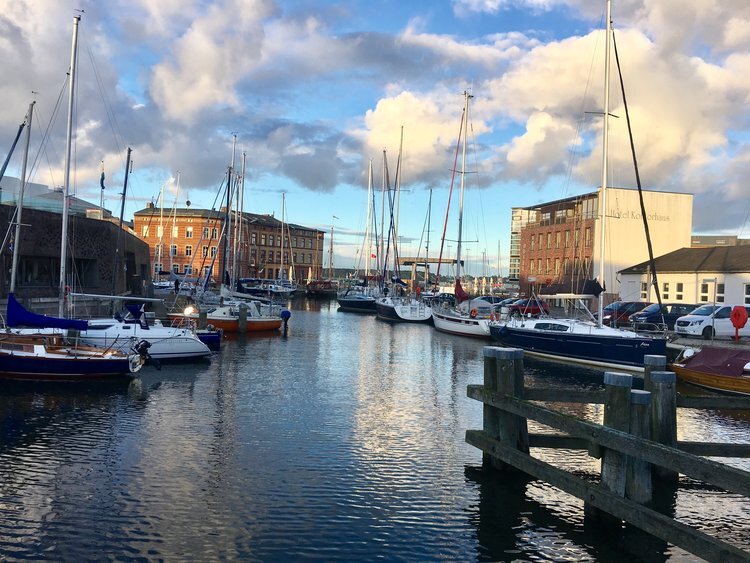
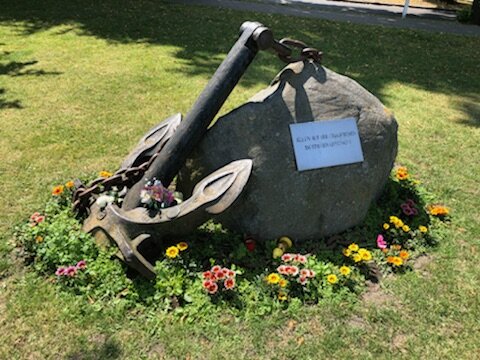
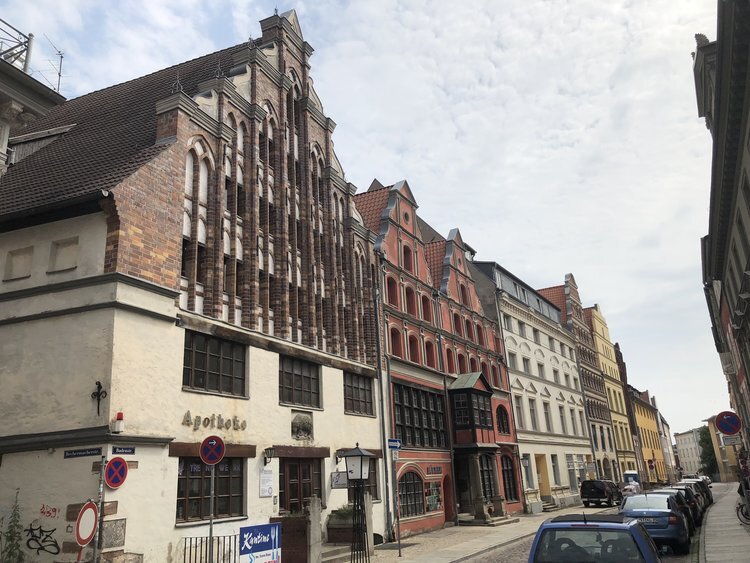
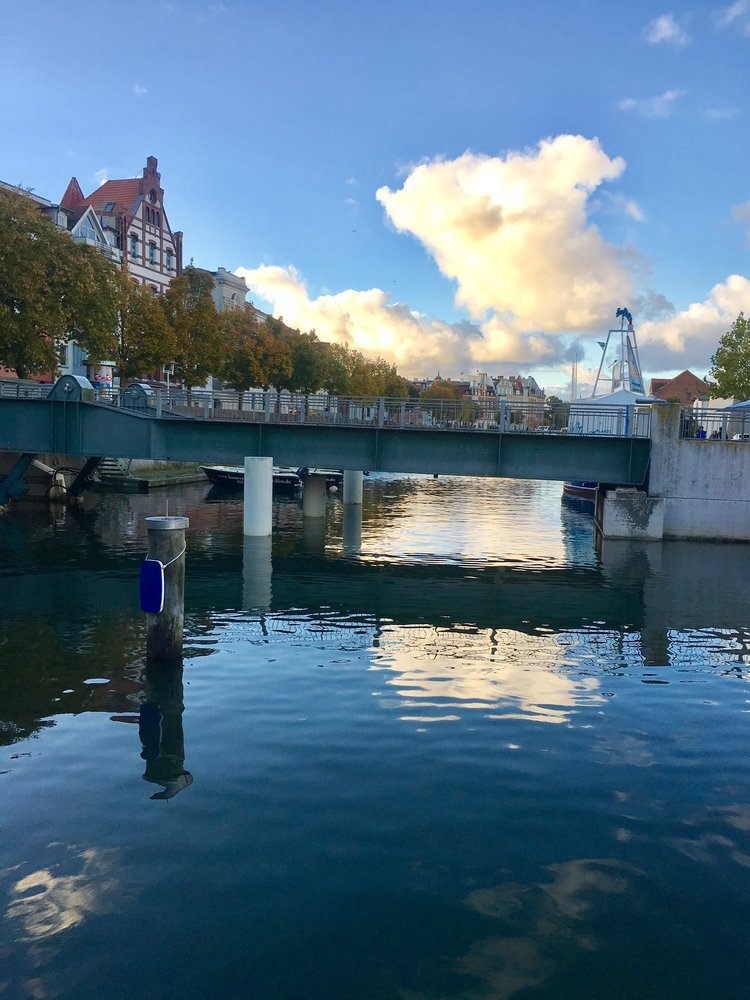

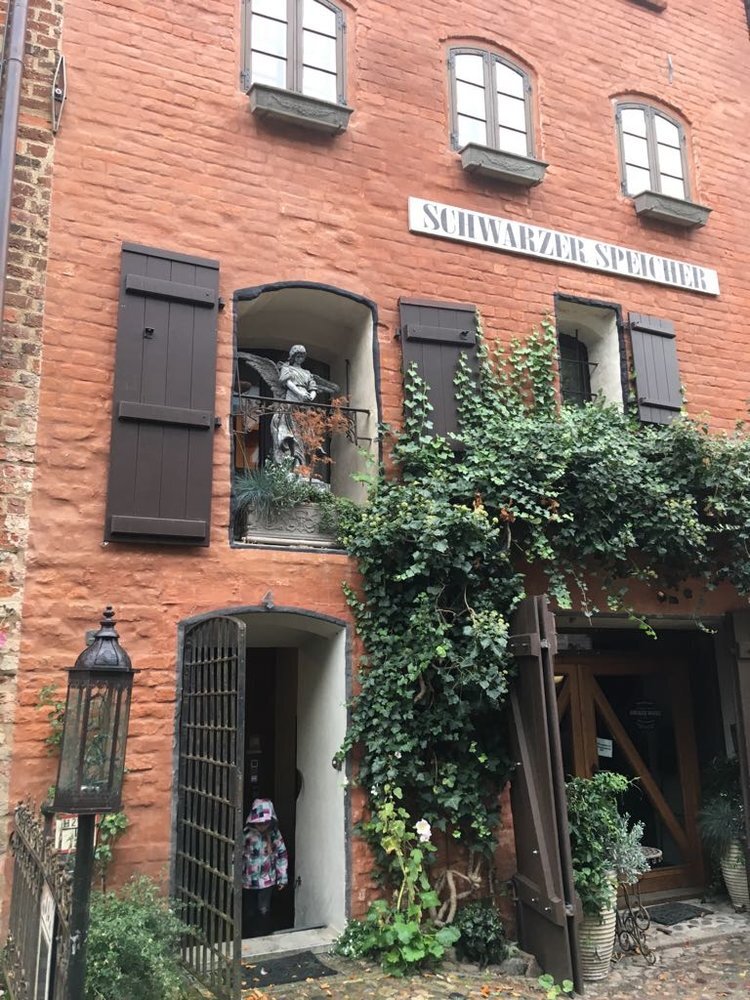
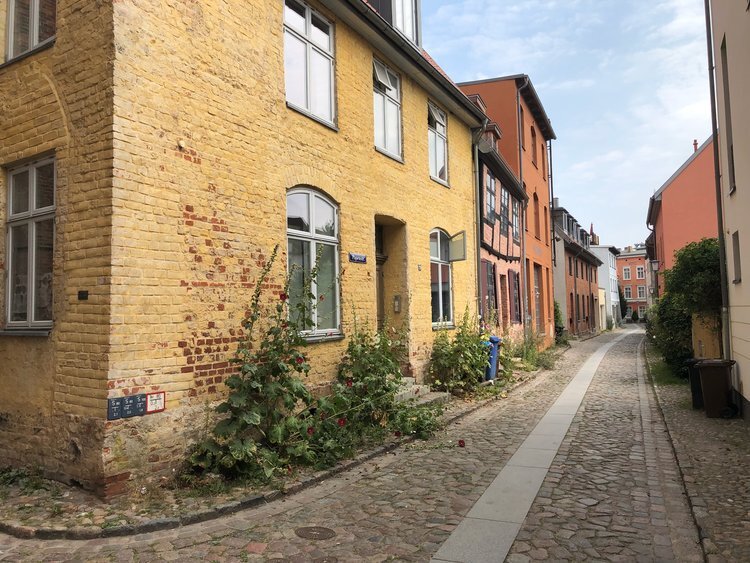
On Germany’s Hanseatic Baltic Coast, the medieval town of Stralsund sits directly on the shore of Strelasund—a narrow strip of the Baltic Sea, which separates the island of Rügen from the mainland. Located in the northeast of the German Federal State of Mecklenburg-Vorpommern, Stralsund has a population of about 58,000.
From its formation in 1234 until present day, Stralsund has preserved its medieval ground plan, especially the structure of the streets. The use of the town as a traditional port and maritime trading place is obvious. Many buildings, such as the 13th century Town Hall, the ”Wulflamhaus,” or the three big churches, represent the red Brick Gothic architecture of the medieval time.
In fact, the city is famous for its bricks. Red brick is dominant for Stralsund’s churches, abbeys, monasteries, town hall, and municipal buildings. The Rügen Bridge connects mainland Germany to its largest island. The old maritime-trade metropolis has often been called the "Venice of the North." With its North German Gothic brickwork, the largest town in Vorpommern can’t be missed from land or by sea. With an impressive wealth of historic buildings from eight centuries, the old maritime town has been a UNESCO world heritage site since 2002.
Anyone who loves historical architecture will feel right at home in Stralsund’s old town. Stately gabled houses, wall upon wall, within the confines of the old town form a foundation for three colossal red brick churches. St. Mary’s, St. Nikolas’ and St. James’ are impressive monuments that bear witness to Stralsund’s former wealth and status.
Anyone who loves historical architecture will feel right at home in Stralsund’s old town. Stately gabled houses, wall upon wall, within the confines of the old town form a foundation for three colossal red brick churches. St. Mary’s, St. Nikolas’ and St. James’ are impressive monuments that bear witness to Stralsund’s former wealth and status.
What Makes Stralsund a Hanseatic Town?
From the 13th to the 15th century, by virtue of vigorous action and geographical position, the Hanseatic League dominated the main currents of commercial trade activity in northern Europe. It was an organization formed by north German towns and merchant communities abroad to protect mutual trading interests. The hierarchy group of “First Families” was the ruling class of communities including Hamburg, Bremen, and Lübeck, among others. The members of these elite families were of prestigious rank.
Stralsund is a Popular Stop for Sailors, Fishermen, and Tourists
Whether you are walking along the shores of the Strela Sound, wandering across Harbour Island, or admiring ships from the North Pier (Nordmole), you’ll notice that the face of Stralsund is turned seaward. In the harbor, you’ll see the masts of ships dominating a short draw bridge that only opens a few times a day to let ships in and out of the main harbor.
The hull of the Gorch Fock I shines a brilliant white. The air carries the aroma of smoked fish and the sound of crying gulls. The area around Stralsund is not only a sailing paradise, but also an important seaport and shipbuilding location. Even the fish are wild about the Strela Sound, a fact that the recreational anglers greatly appreciate. Swimmers and children love to visit the Stralsund Beach.
The Museums of Stralsund, Germany
Whether you have a passion for ships, fish, or history, Stralsund’s museums offer something for everyone. The Museum of Cultural History attracts visitors with its gold treasure of Hiddensee, the Oceanographic Museum (Meeresmuseum) and OZEANEUM fascinate guests with awe-inspiring aquariums, and Marine Museum on the small island of Dänholm tells thrilling tales of adventure.
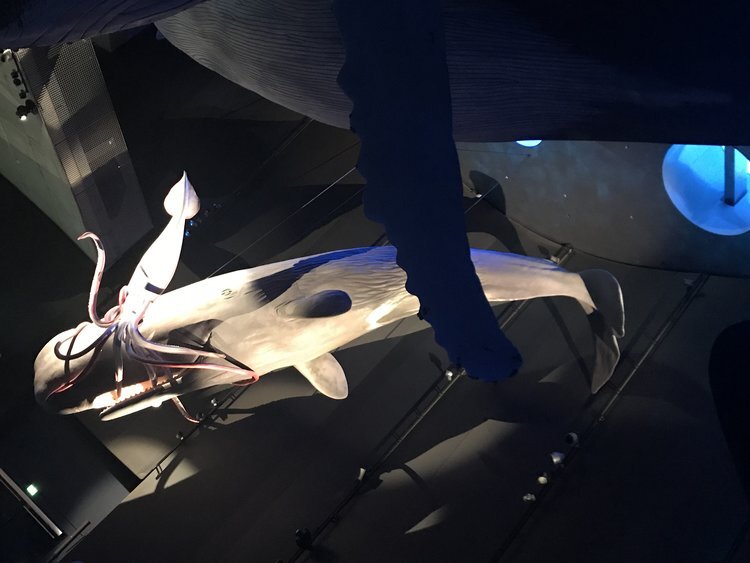
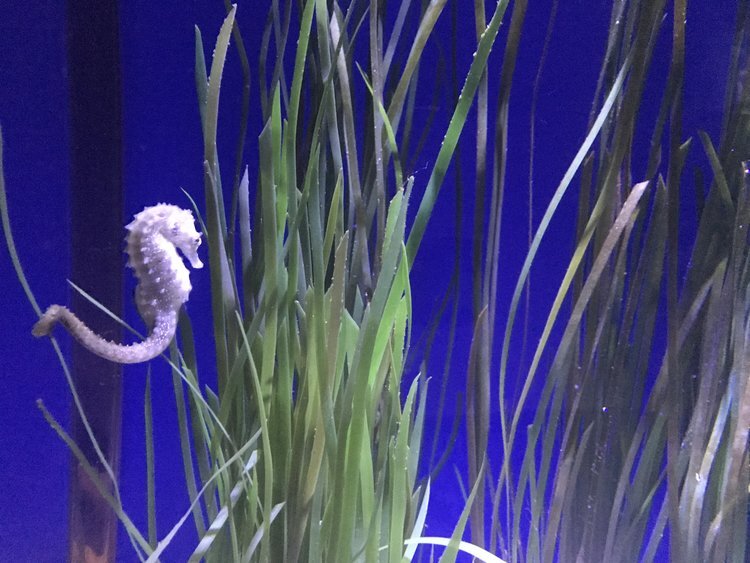
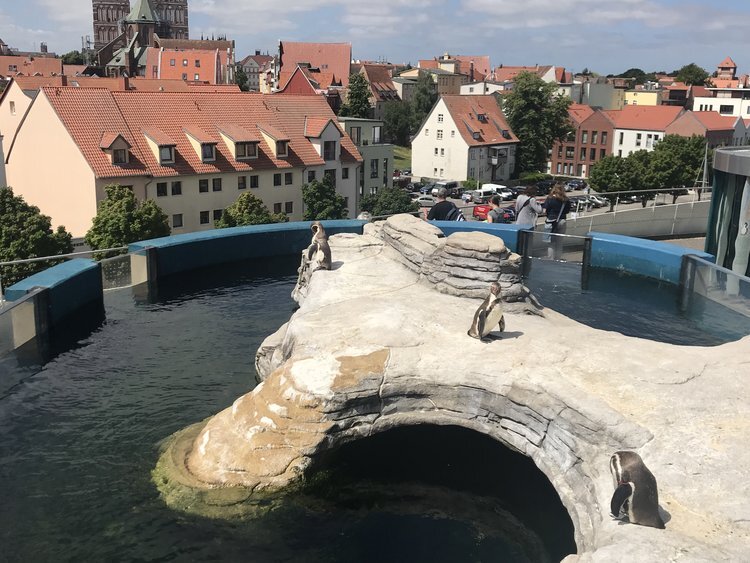
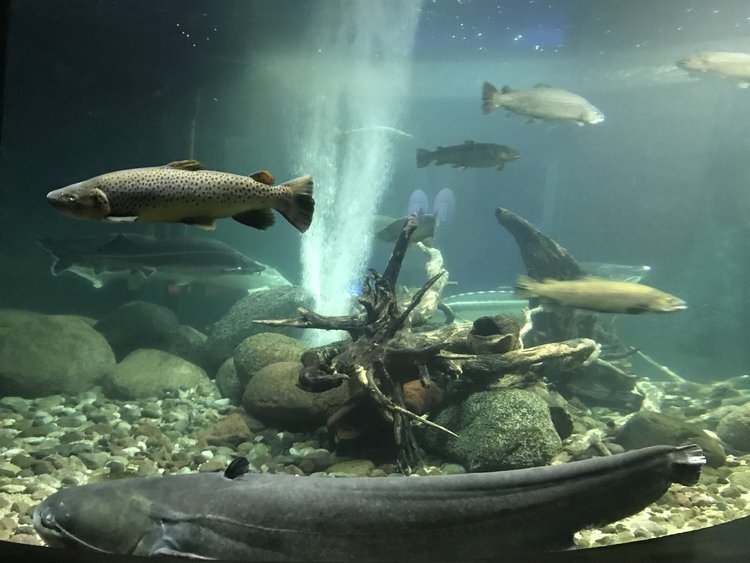
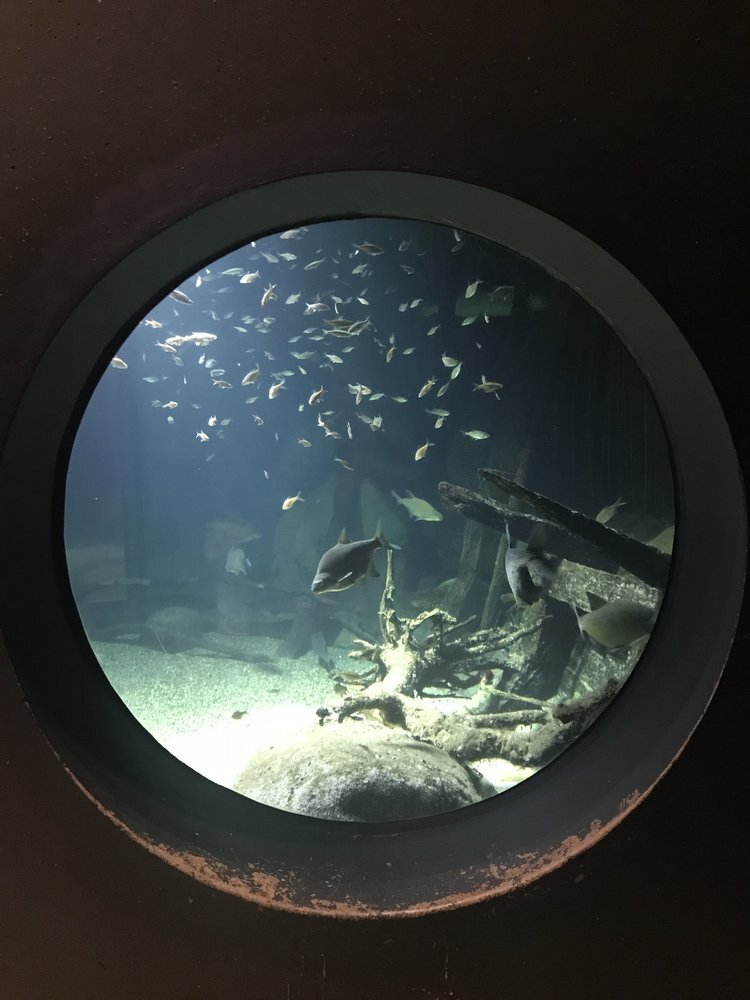
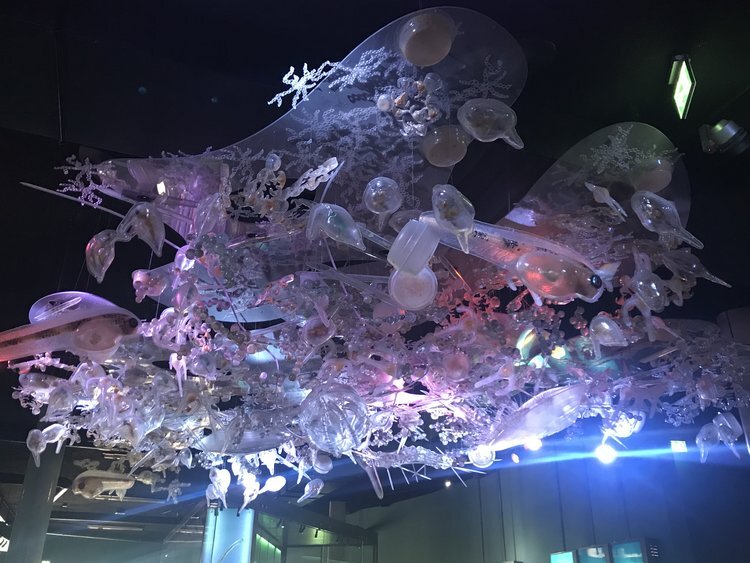
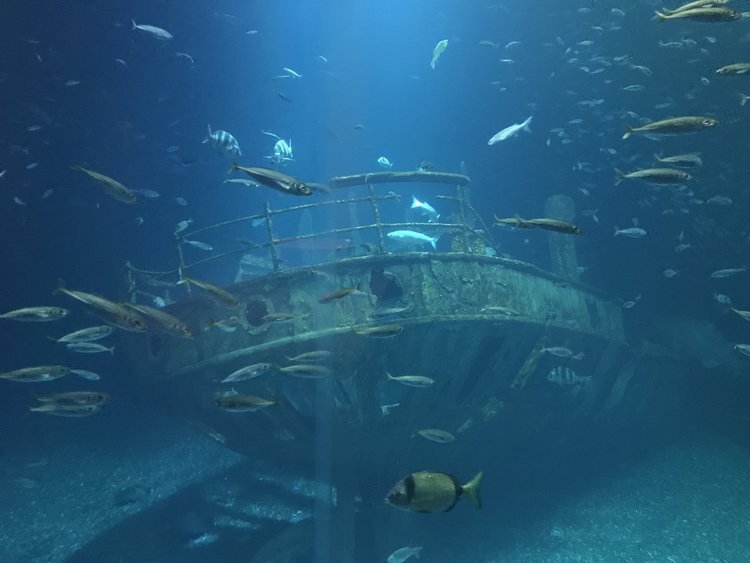
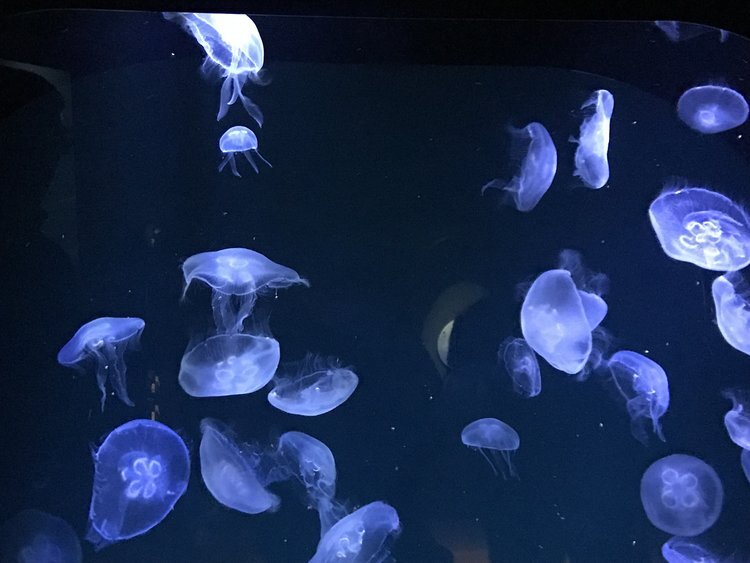
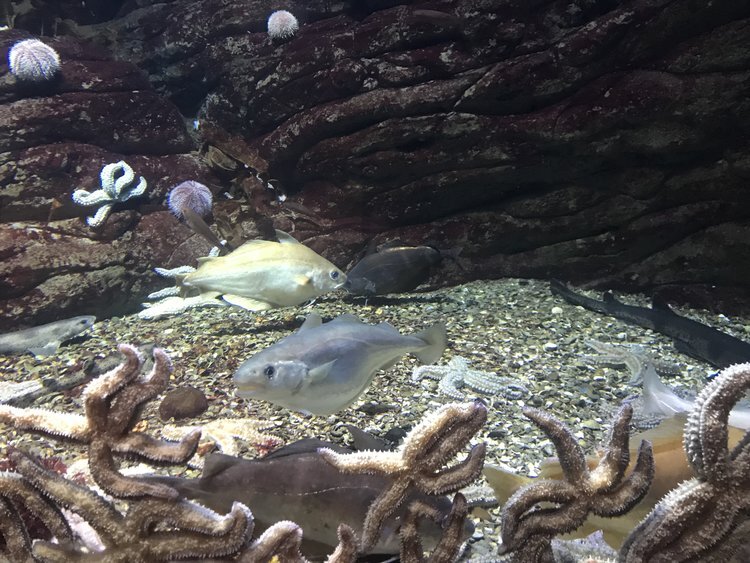
Stralsund’s Famous and Popular Ozeaneum
The Ozeaneum is a “public aquarium” but this simple definition does not give it due justice. It displays a great collection of aquaria, but it is much more.
Whether you are a sailor, a fisherman, a yachtsman, or if you simply love the sea, there are few places (if any) where you can learn more about the life that inhabits it than in Stralsund‘s Ozeaneum. It delivers facts and figures in a way that becomes less of a learning assignment and more of an unforgettable experience.
The Ozeaneum hosts five exceptional exhibitions:
World Ocean
Baltic Sea
Exploration and Utilization of the Seas
Children‘s Sea
Giants of the Sea
These are accompanied by four aquaria, which allow you to literally dive into the sea:
Baltic Sea
North Sea
Open Atlantic
Penguins
The fascinating story begins at the world ocean where we learn about climate and tides, the mechanics of waves and the specifics of each ocean—and much more, always entertainingly illustrated by interactive information screens and illustrative models.
After the introduction with the world ocean, we enter the Baltic Sea, the unknown sea in Germany‘s backyard. Through this part of the museum, you learn the history of the Baltic Sea, a former glacier, and what makes her so special and sensitive to human influence. Her wildlife becomes an up-close and personal experience as visitors see it in their (almost) natural habitat in the Baltic Sea aquarium.
The oceans are a vast resource to humans. They provide us with energy, food, and natural resources, as well as transport routes and recreation. Humans have always utilized the oceans. In the exhibition, “Exploration and Utilization of the Seas,” visitors learn why the harmonization of utilization and regeneration is so important.
The other sea in Germany’s backyard is the North Sea, and this is the next stop on the tour. Even though it is so close to the Baltic Sea it could not be more different. On one side we have the semi-enclosed, tame Baltic with no tides and an extremely low salt content. On the other, we have the much wilder North Sea, open to the Atlantic, eternally swinging with the rhythm of the tides. We learn how all this has formed the coasts and the wildlife throughout millions of years.
Whereas some of us may eagerly want to move on to the highlight of the Ozeaneum, some of us and especially our little ones, may need some rest and more relaxing activity. They will enjoy the great Children‘s Sea that is dedicated to kids in pre-school age, right next to the open air deck with the penguins and a stunning view of the lovely town of Stralsund.
The “1:1 Giants of the Sea” exhibition reveals facts about the biggest creatures that inhabit the seas and allows visitors to experience them.
The Ozeaneum is overall a great experience. No matter how many times you visit, you will discover something new. For more information visit www.ozeaneum.de/en/ and maybe consider a donation to Greenpeace at the exit of the Ozeaneum.
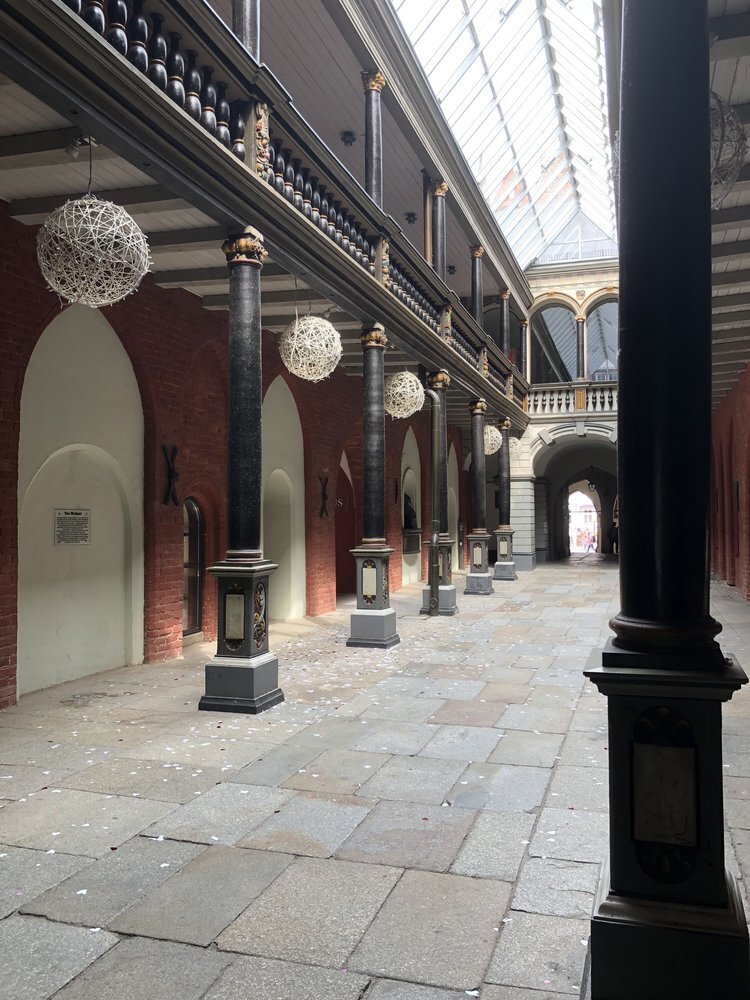
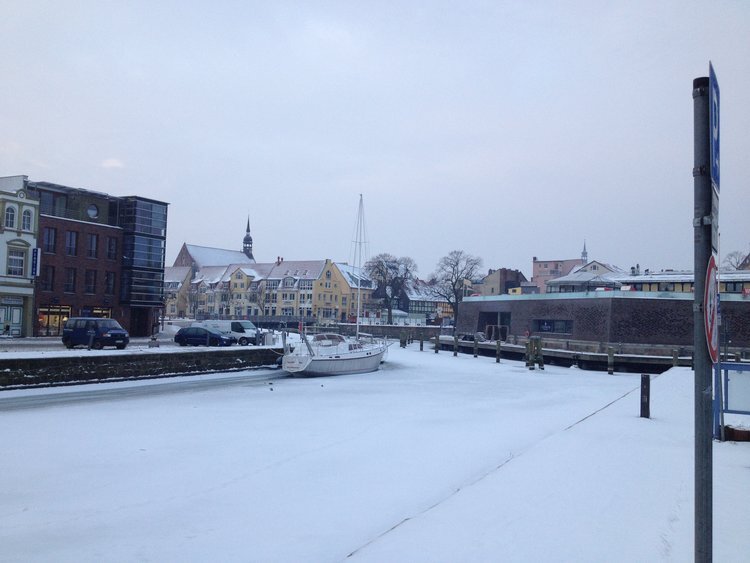
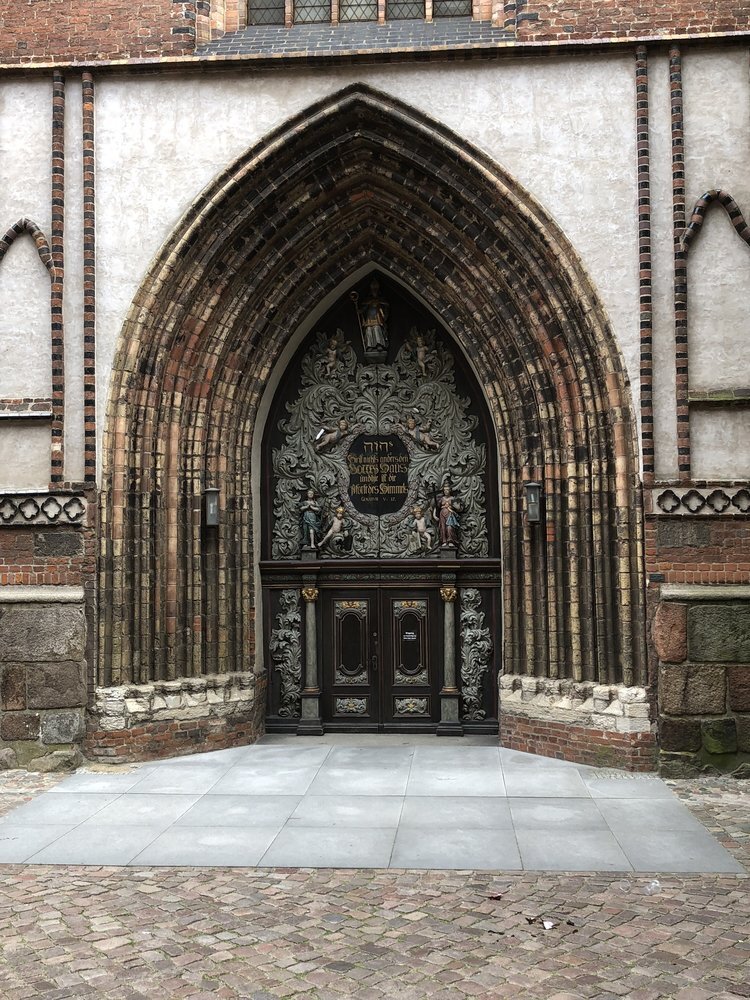
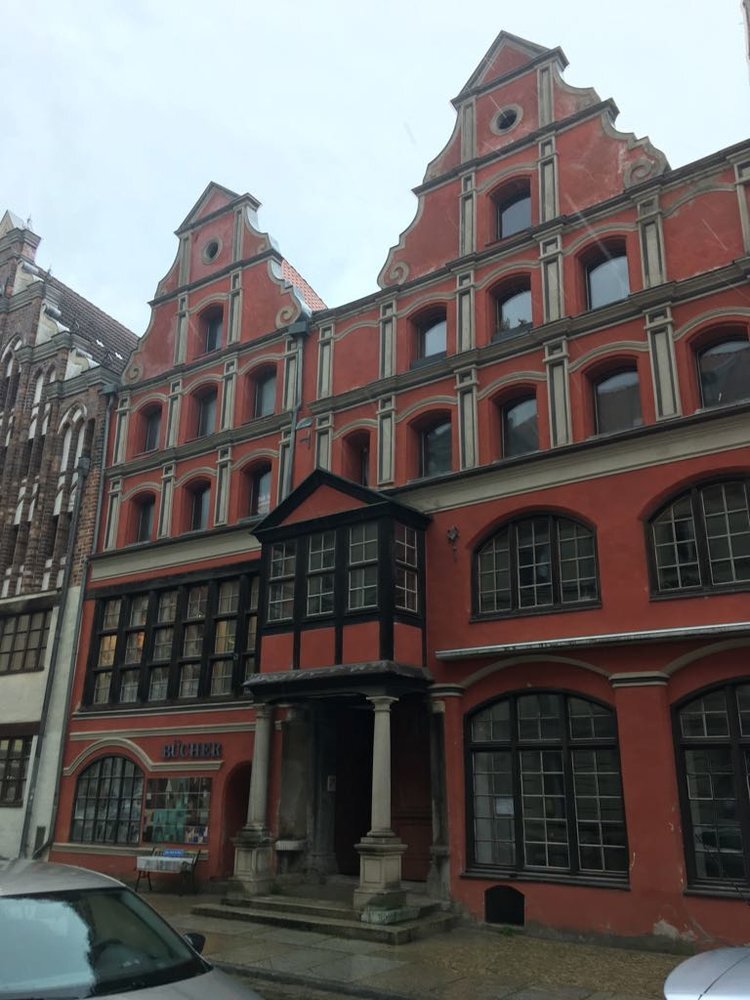
Stralsund Tourism
The Tourist Office of the Hanseatic City of Stralsund (Tourismuszentrale Stralsund) offers information, brochures and accommodation services to help you plan your holiday. Guided tours of the city, group tours, souvenirs and advanced ticket sales are also available. Tourist Office website
10 Historical Facts about the Hanseatic Town of Stralsund, Germany
The town of Stralsund was founded in 1234, it's first name was Stralow.
In the 14th century, Stralsund became a member of the Hanseatic League and was the most important city in the Baltic region aside from Lübeck.
After 10 years of conflict and war the ”Peace of Stralsund” was signed between the Hanseatic League and King Waldemar IV of Denmark on May 24, 1370.
The ”Sundische Gotik” is an independent form of architecture which developed between 1330 and 1380 and symbolized the political power and economic growth of Stralsund as an important part of the Hanseatic League.
During the ”Thirty Years War” the town was under siege by Wallenstein, an imperial general. But Swedish troops came to defend Stralsund successfully. As a result Stralsund signed an alliance contract with Sweden. After the ”Peace of Westphalia” in 1648 Stralsund was completely under Swedish rule.
In the Swedish era many baroque gabled houses were built, especially since Stralsund became the political headquarter of Swedish Western Pomerania in 1720, an increase of administrative and residential buildings took place.
After the Congress of Vienna in 1815, Stralsund became a part of Prussia. The number of inhabitants increased severly and the industrial development supported the extension of the suburbs, the connection to the railway network and a traject ferry to Rügen.
After the end of World War II, Stralsund became part of the Soviet zone and later of the German Democratic Republic. With the fall of the Berlin Wall and the reunification of the two parts of Germany Stralsund became part of the federal state Mecklenburg-West Pomerania.
In 2002 Stralsund and Wismar were inscribed in the UNESCO World Heritage List.
The new bridge to Rügen opened in 2007.
If you like this article about the Hanseatic Town of Stralsund, please PIN IT!
This page contains affiliate links. If you click on the product links and make a purchase, it allows me to make a small commission at no extra cost to you! Thank you for your support and I hope you find value in this content!
Sources:
https://en.wikipedia.org/wiki/Hanseaten_(class)























